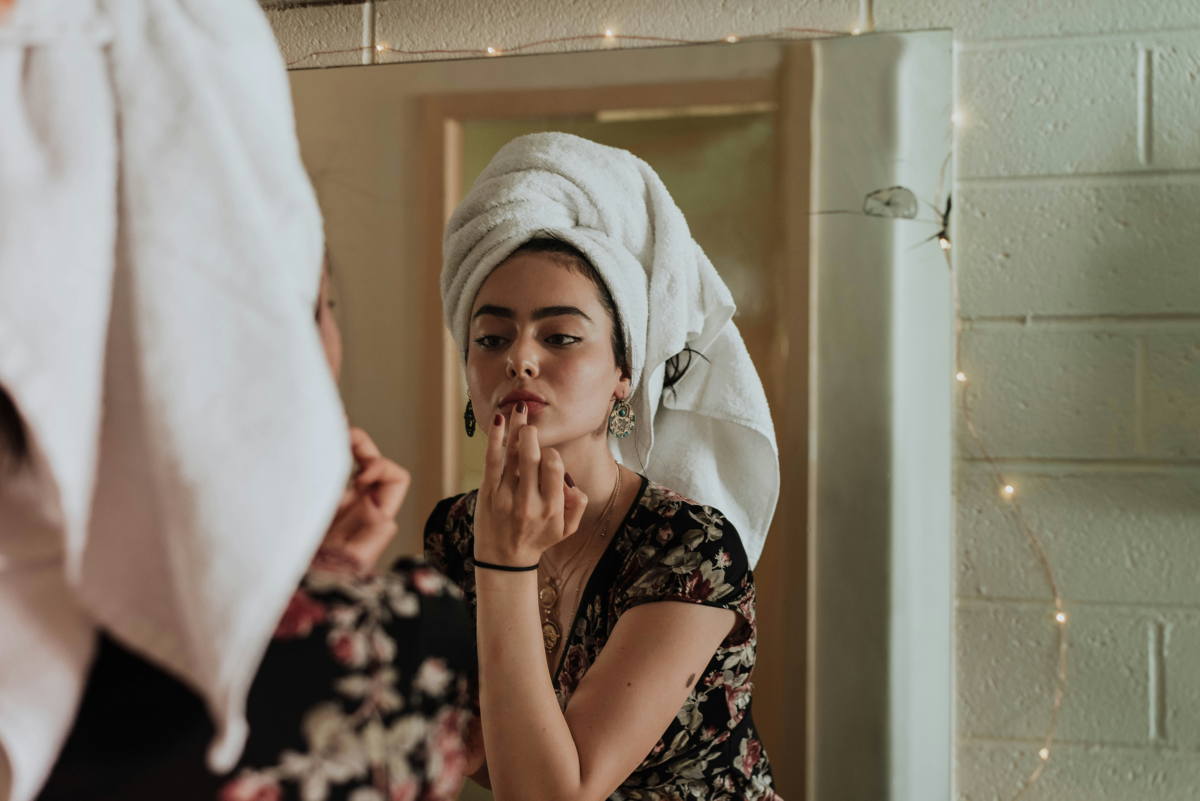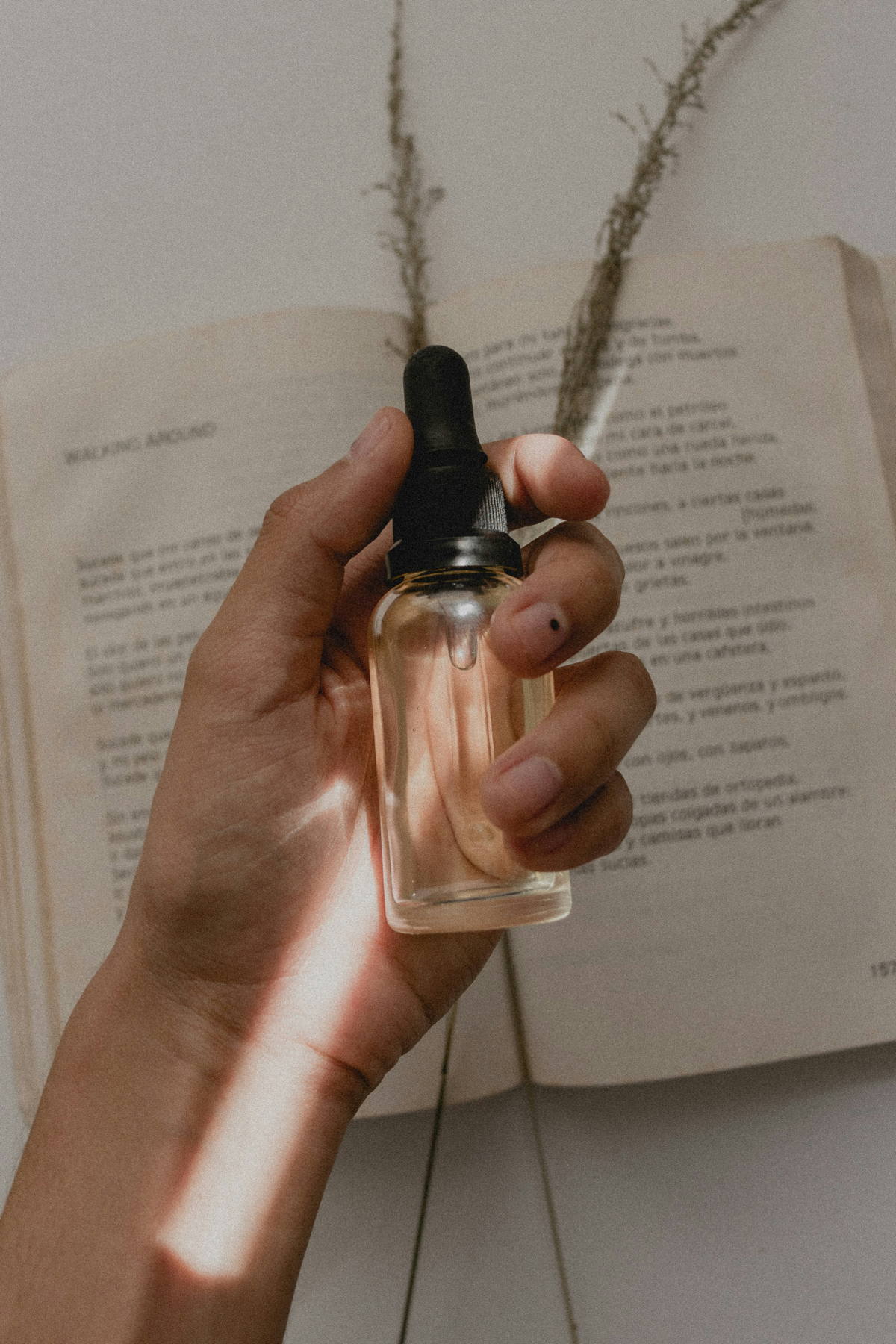
Facing The Demands Of A Sustainable Beauty Industry
With more and more conscious brands being launched every day plus an ever-increasing number of conscious collections being released by existing brands, the sustainable beauty industry in particular is growing at a rapid rate. But even as the status quo has finally begun to shift, three core issues remain as pain points in the industry.
The growth we have seen in the sustainable beauty industry has been promising; however, there is still a long way to go before reaching that idyllic world where there is a wide variety of options for every budget and where all brands and products are fully transparent about their ingredients and values. This article highlights what is important when choosing your beauty products.
PRICING
One of the biggest hurdles many contend with when making the switch to sustainable beauty is sticker shock. However, while sustainable beauty products do tend to skew towards the luxury market, this is not always the case, especially as the industry continues to expand and reach new demographics. Sarah Biggers-Stewart, founder and CEO of CLOVE + HALLOW, explains the challenge she faces as a conscious beauty brand owner: “I am a big advocate of making ethical, conscious beauty choices accessible to everyone by offering them at a fair price point, but beauty is an expensive industry. It’s a constant battle between pricing as low as possible and realising you’ve priced so low that you can’t provide a solid customer experience in today’s retail/e-commerce landscape.”
Not only is pricing about ingredient sourcing and availability alone, but also the research and development that goes into choosing ingredients, and then on top of that creating educational resources and support systems to communicate these choices to customers. For CLOVE + HALLOW, who use a balance of natural and synthetic raw materials to create high performance, safe, eco-conscious formulas, Biggers-Stewart acknowledges that the approach “requires a lot of education around why we use synthetics.”
Despite holding themselves to a very high product and customer experience standard, CLOVE + HALLOW’s pricing is impressively reasonable. Our hope is that as the conscious beauty industry continues to grow, more brands will be just as considerate in the accessibility of their price ranges so that value-driven products can be an option for anyone.
As we look towards the future of sustainable beauty pricing, it can also be helpful to consider the past. Nicoline Wöhrle, Global Head of Communications of WALA Heilmittel GmbH (for heritage organic cosmetics and skincare brand, Dr. Hauschka), explains that when the brand was founded in 1967 it was actually “working against the trend, focusing on people and nature in an era dedicated to chemistry and technical solutions.” Ever since then, it has been fine-tuning the balance between growth and security of the company with the limits of our planet, much like how contemporary brands such as CLOVE + HALLOW have also described. Wöhrle explains Dr. Hauschka’s ultimate stance on this issue: “It is well known that the fixation on profit is responsible for the damage to the environment as well as the exploitation of millions of people worldwide. We plead for an economy that says goodbye to the idea of competition and develops a meaningful togetherness, a culture of encounter.” The company does this by operating independently of individual and market interests. By focusing solely on what the planet is able to safely provide rather than the profits it is able to churn, the Dr. Hauschka brand retains its integrity while also creating exquisite products, a balance that its customers truly value.

GREENWASHING IN THE BEAUTY INDUSTRY
For beauty brands, the demands of sustainability can range from ingredient sourcing to packaging innovation, ethical production to niche formulation. With so much to convey to consumers, it is unfortunately not surprising that some of the best and well-intentioned products can be overlooked among a sea of greenwashing alternatives. “The problem remains that conventional and nature-inspired products may make claims (for instance, ‘made with rose oil’) or use images, iconography and other forms of marketing to draw attention to a limited number of natural ingredients in a product, rather than providing guarantees about the product as a whole,” says Ana Ledesma, communications officer for NATRUE. Since 2008, the NATRUE Label has been used to certify over 7,000 cosmetic products from over 300 different brands worldwide based on its strict definition of what constitutes truly natural and organic products, and perhaps even more importantly, brands as a whole: “The NATRUE Label can only be granted to a cosmetic product if at least 75% of the products of the same brand or sub-brand also undergo certification to obtain the NATRUE seal. This rule prevents brands from marketing one or two ‘hero products’ as NATRUE-certified cosmetics while keeping the rest of the line conventionally-formulated.”
Much like this difficulty in controlling what passes for being “eco-friendly,” “green” or “natural,” regulations regarding animal cruelty claims are also unfortunately poorly regulated. Kim Paschen, program manager at Leaping Bunny, explains: “Companies can essentially make any claim they wish about animal testing without having to substantiate it. That also means they are able to put their own cruelty-free logo on their packaging.” Leaping Bunny is one of the most recognised third-party certifiers of cruelty-free cosmetics within the industry and they see it as their duty to connect compassionate shoppers to companies that share their animal rights values.
Ledesma and Paschen agree that claims verification is one of the biggest challenges of the sustainable beauty movement, and this is why they are so passionate about third-party certifications. With seals like NATRUE and Leaping Bunny, identifying products and brands that align with your conscious values is made infinitely easier. In fact, it would be impossible for individual consumers to research and audit product claims as thoroughly and completely as these labels do, so until there is better regulation of sustainability claims within the beauty industry, certifying bodies are an essential tool in the fight against greenwashing.


TRANSPARENCY IN THE BEAUTY INDUSTRY
In order to be a trustworthy advocate in the sustainable beauty space, a brand must be honest about their ingredients and why they use them; forthcoming about how to recycle, donate or otherwise discard of product packaging; and truthful about any other claims they are making about their products, including those regarding ethical labour, organic sourcing and animal cruelty.
Although full transparency is the gold standard of the sustainable beauty industry, the vast majority are not there yet. In the meantime, third-party certifications like NATRUE and Leaping Bunny help, and doing our own thoughtful research before making any purchases is also extremely important. Beauty content creator, Sarah Palmyra, recommends her audience to “look for brands that are transparent about the ingredients they use and that do not use fear tactics to sell their products.” She notes that many natural or organic ingredients “can be extremely resource intensive and damaging to the environment as opposed to [safe] synthetic ingredients made in a lab.” Biggers-Stewart agrees: “Natural ingredients are often more sensitizing, more damaging to our environment and more likely to be contaminated with heavy metals, so you have to be careful with them, just like any synthetic ingredient,” which once again highlights the need for greater consumer education when it comes to ingredients, their effects and how they are sourced. Luckily, there are brands out there now, like CLOVE + HALLOW and Dr. Hauschka, that are upfront about these things, and an increasing number of other brands are finally following suit. Palmyra is hopeful that “with more and more cosmetic chemists, dermatologists, estheticians and beauty enthusiasts than ever flocking to social media, the average consumer is getting smarter when it comes to ingredients and products.”
The growth we have seen in the sustainable beauty industry has been promising, however there is still a long way to go before we reach that idyllic world where there is a plethora of options for every budget and all brands and products are fully transparent about their ingredients and values. That being said, there is always a silver lining as Palmyra sees it: “While skincare and beauty can never be completely sustainable, the understanding that even small mindful changes can have a positive influence will hopefully encourage more brands to evaluate each phase of their products’ lifecycles and how they impact the environment.” At the end of the day, even positive change will face challenges and setbacks, but it is ultimately up to us to be the change we want to see in order to manifest a better future.
+ Words:
Dorice Lee
Luxiders Contributor
Highlight Image:
© Unsplash







